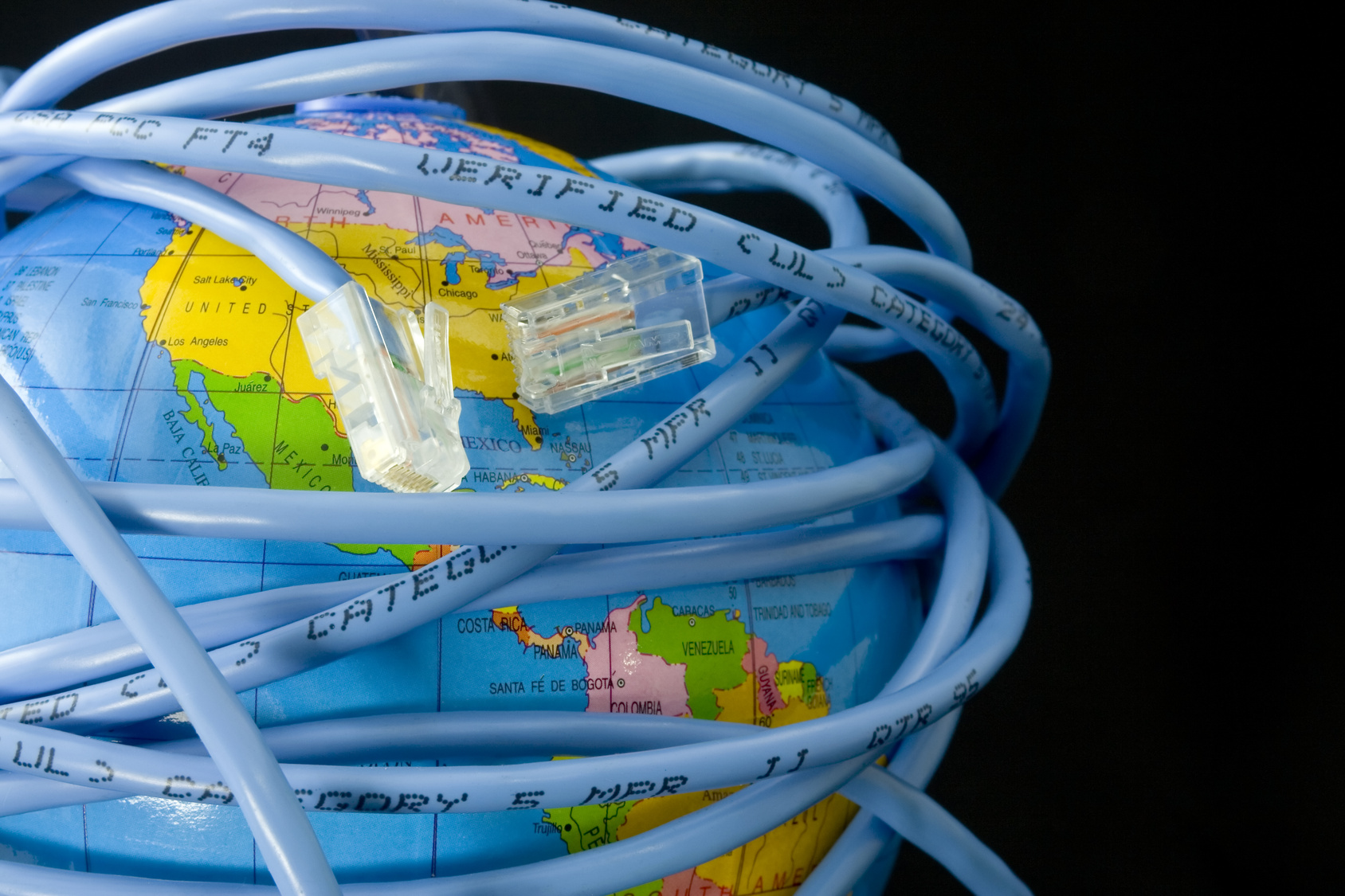2 min read
162 Views
Editorial Staff
Wifi Internet Providers: Some Hidden Facts About Wifi Technology
Wifi connection is one of the world’s popular networks, providing connection to several offices, homes, businesses, and public places across [...]
W
ifi connection is one of the world’s popular networks, providing connection to several offices, homes, businesses, and public places across the world. However, not every user of Wi-Fi network knows even the basic facts about the technology. Wifi internet providers may tell you just a little about the service but not all.
As a consumer of the service, you can find it important to arm yourself with every bit of information about the technology, and be aware of its benefits and shortfalls as well. Here are some of the hidden facts you need to know about the network, which Wifi internet providers may not tell you.
Wifi connections do not require a router: while other internet connections may need a router, hot spot, or other forms of access point for setup, Wifi technology works with existing internet devices within range to deliver connection. Besides, the technology supports a connection type known as ad hoc mode, which enables devices to connect in a peer-to-peer style.
Not all types of Wifi connections are compatible with each other: while some Wifi internet providers may not tell you this, it is true that some Wifi system products are not compatible with each other. Even with matching security settings, some versions do not support cross-compatibility with each other. It is also important to note that Wi-Fi equipment from different vendors can cause issues of incompatibility, especially if they use non-proprietary extensions.
Wifi connection strength varies with distance: the nearer you are to the access point, the better in terms of connection strength. If you are near to Wifi access point, your device can connect at its maximum rated speed. However, if you move away from the access point, your connection strength drops in relation to the distance from the AP. A cleverly designed feature of Wifi network known as dynamic rate scaling often causes this problem.
Wifi network coverage is influenced by possible obstructions: the typical range of coverage depends on the type of obstructions to the radio signals between the endpoints. While they can work within a range of 30 metres and more, the signal may fail to cover even half of that distance due to possible obstructions.
With these facts in mind, you can stay informed and make a wise decision on the installation of the network.







